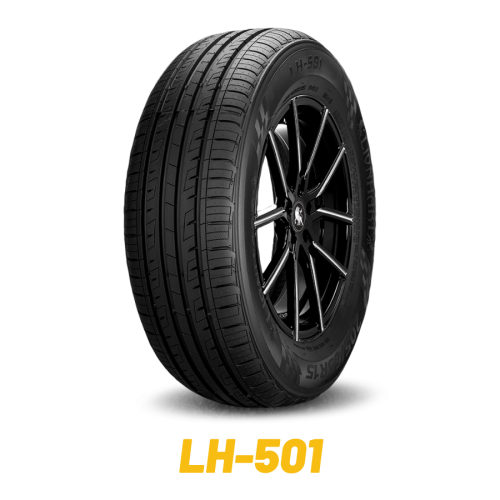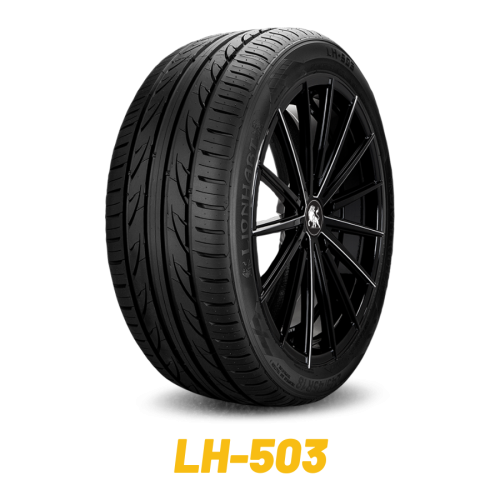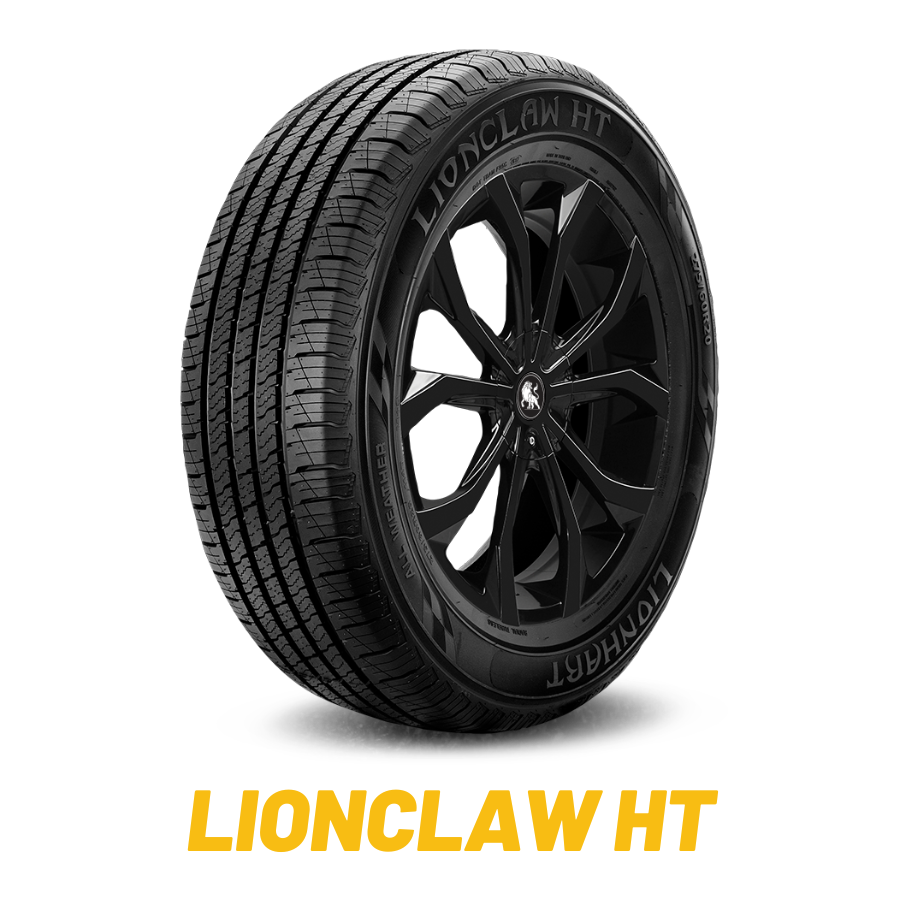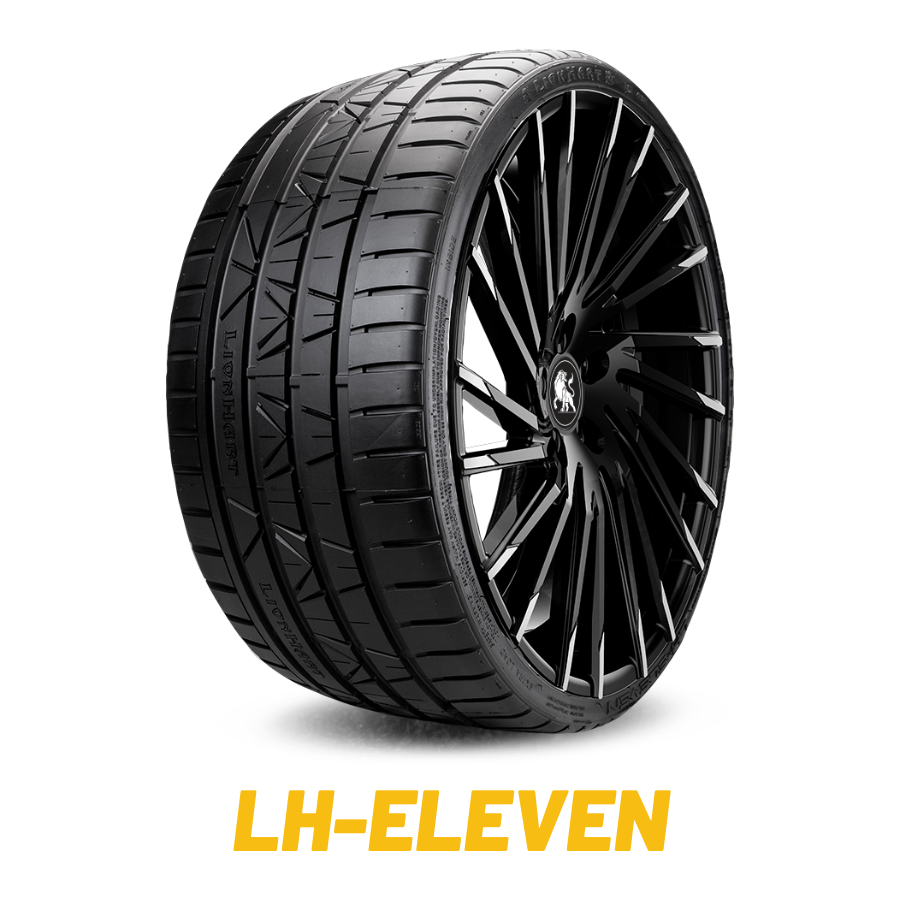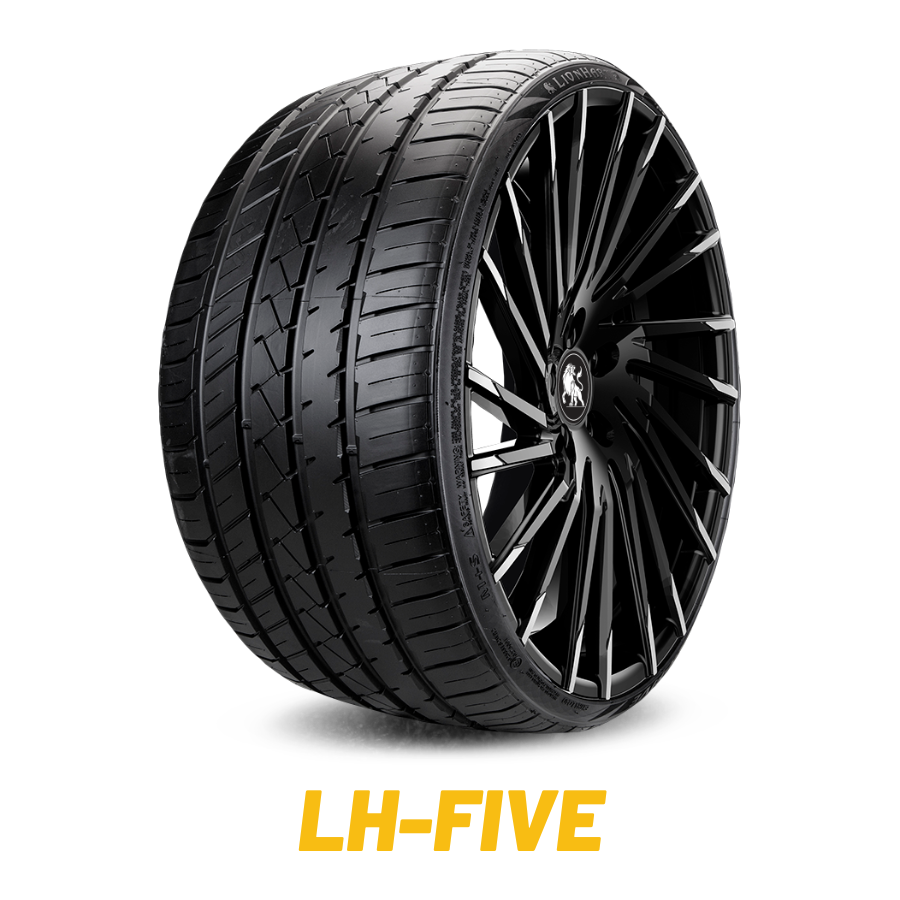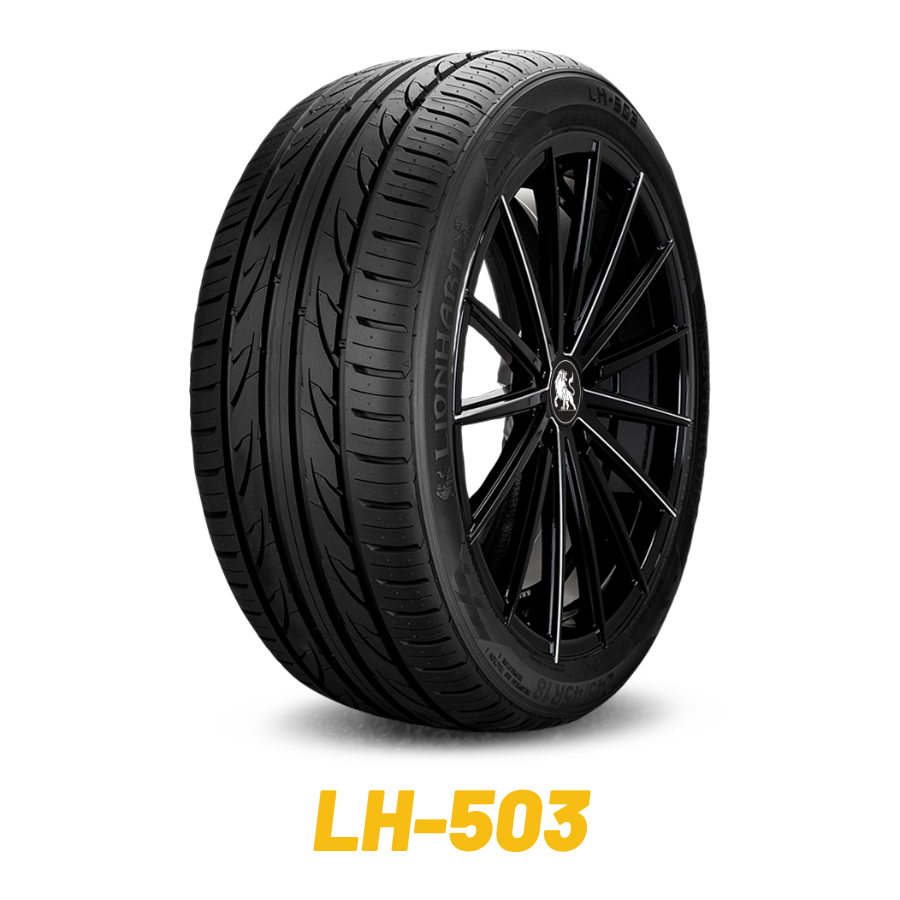
Ford Mustang Tires
Contents
2005-2009 Ford Mustang (S-197)
TRIMS: 4.0i V6, 4.6i V8 GT
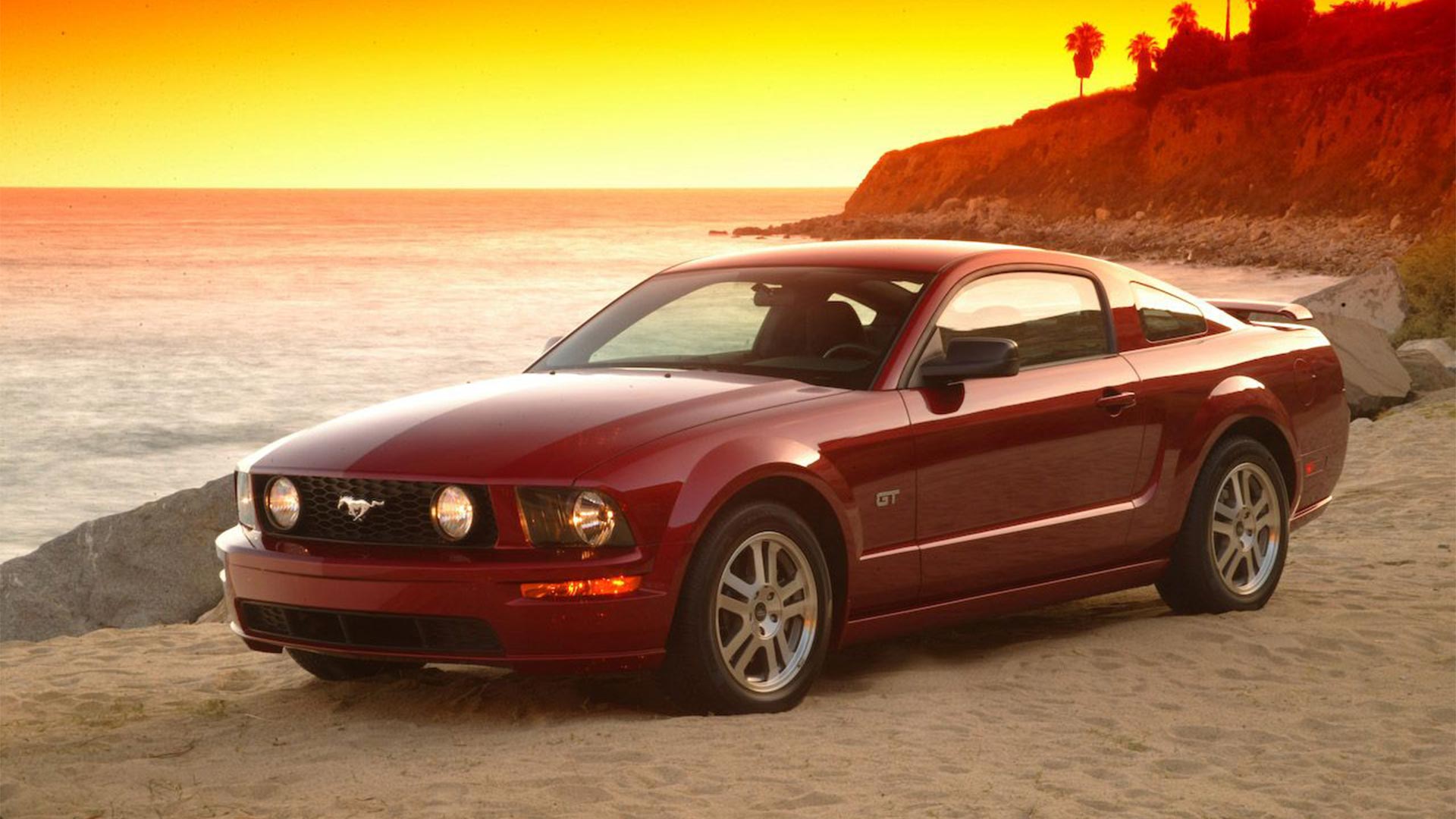
When it comes time to shop for replacement tires for your S-197 Ford Mustang, it can be difficult finding the best tires. Lionhart Tires specializes in OEM replacement tires for the Ford Mustang platform. Additionally, Lionhart offers unique and niche sizing options for aftermarket wheel fitments.
Ford Mustang’s from the model years 2005 to 2009 utilize tires from 16 inches up to 18 inches, depending on the trim. The 4.0i V6 variant comes equipped with 215/65R16, 235/60HR16 or 235/55R17 size tires from the manufacturer. The 4.6i V8 GT trim comes equipped with 235/50R18 and 255/45R18. The table below shows factory tire sizes for the 2005-2009 Mustang.
| Trim | 16 Inch | 17 Inch | 18 Inch |
|---|---|---|---|
| 4.0i V6 | 215/65R16 & 235/60HR16 | 235/55R17 | N/A |
| 4.6i V8 GT | N/A | 235/55R17 | 235/50R18 & 255/45R18 |
*Note: 235/50R18 comes either on all four axles or only on the rear axles.
*Note: 255/45R18 comes only on the real axles.
2010-2014 Ford Mustang (S-197 II)
TRIMS: 3.7 V6, 5.0 V8 GT
Finding the best tires for the S-197 II Ford Mustang becomes a little easier, as the manufacturer opted for more popular sizing options. Lionhart Tires specializes in OEM replacement tires for the Ford Mustang platform. Additionally, Lionhart offers unique and niche sizing options for aftermarket wheel fitments.
Similarly to the 2005-2009 Mustang, the 2010-2014 Ford Mustang comes equipped with 17 and 18 inch tires. However, Ford introduced 19 inch tires and stopped use of 16″ tires for the 2010-2014 model years. The 3.7 V6 trim comes with 215/65R17, 225/65R17, 235/50/ZR18, and 255/40ZR19 tire sizes. The 5.0 V8 GT comes with 235/50ZR18, 245/45ZR19, and 255/40ZR19 tire sizes. The table below shows factory tire sizes for the 2010-2014 Mustang.
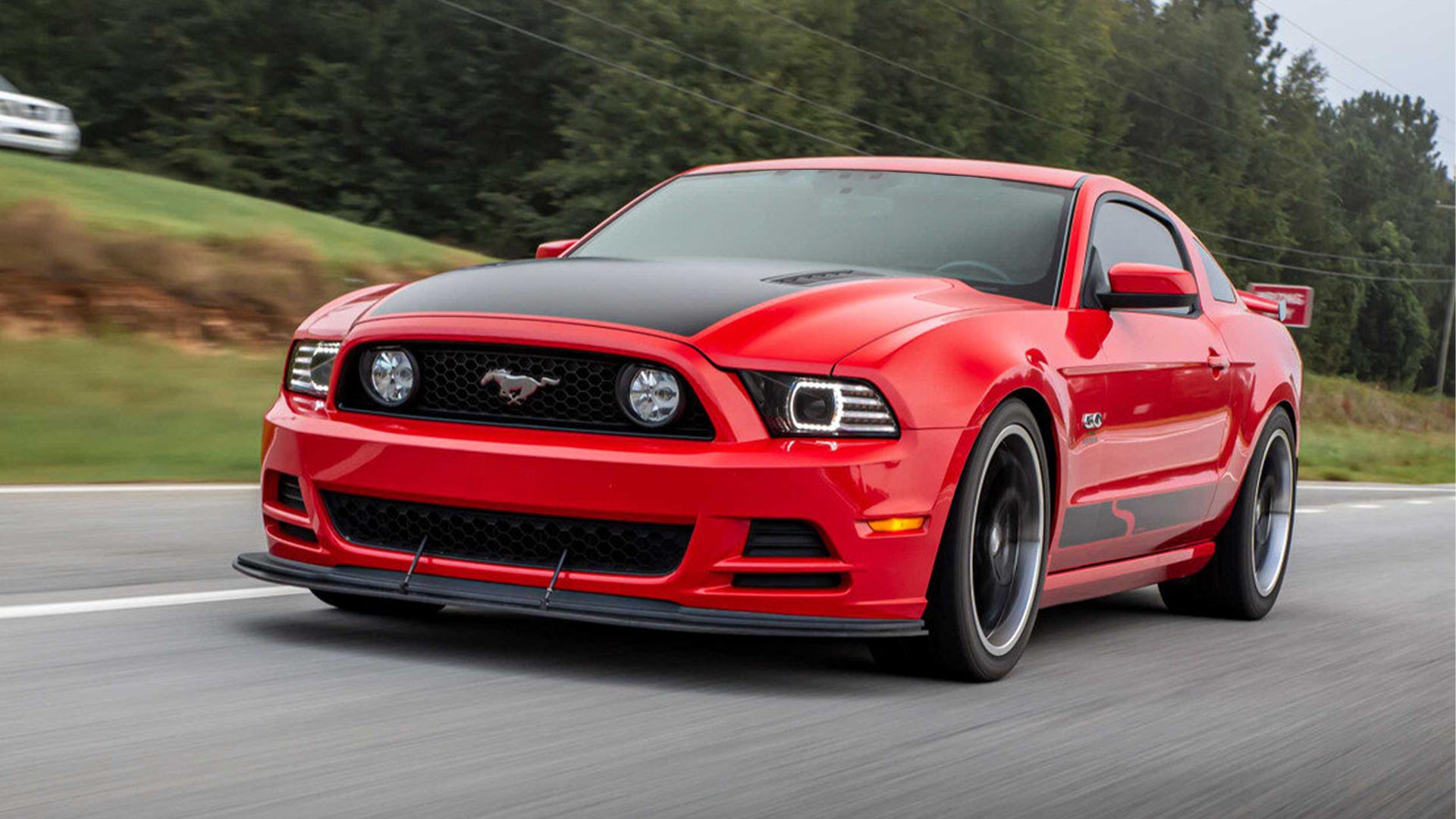
| Trim | 17 Inch | 18 Inch | 19 Inch |
|---|---|---|---|
| 3.7 V6 | 215/65R17 & 225/60R17 | 235/50ZR18 | 255/40ZR19 |
| 5.0 V8 GT | N/A | 235/50ZR18 | 245/45ZR19 & 255/40ZR19 |
2015-2017 Ford Mustang (S550)
TRIMS: 2.3 EcoBoost, 3.7 V6, 5.0 V8 GT
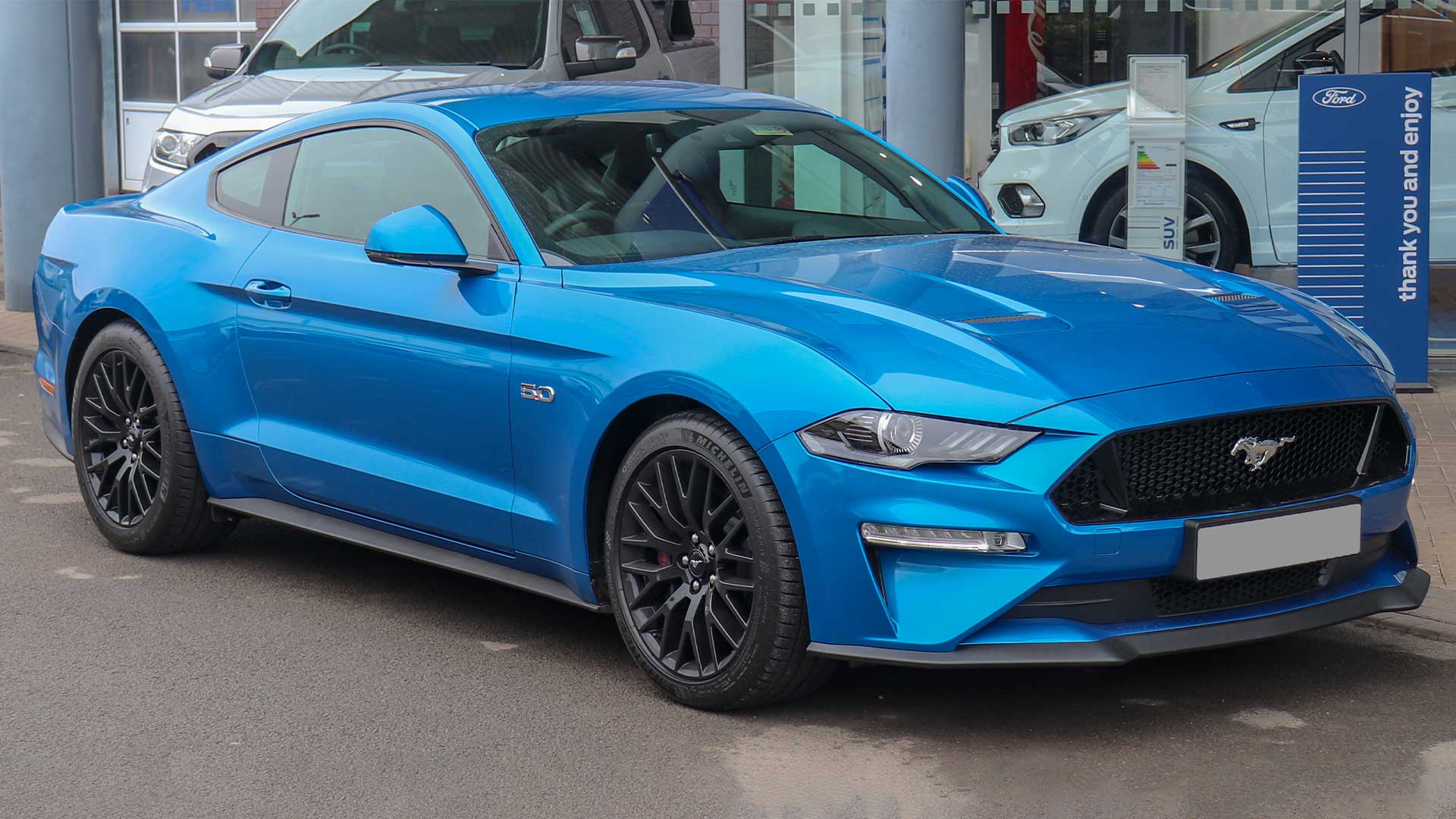
As the Ford Mustang starts to evolve into a modern sports car, Ford began using much wider and aggressive tires on the S550 platform. Lionhart Tires specializes in OEM replacement tires for the Ford Mustang platform. Additionally, Lionhart offers unique and niche sizing options for aftermarket wheel fitments.
Because of the departure of the S-197 and S-197 II platform and the introduction of the EcoBoost trim, most tire sizes have changed dramatically. Both the 2.3 EcoBoost and 3.7 V6 come equipped with 235/55R17, 235/50R18, 255/40ZR19 and 265/35ZR20 tire sizes. The 5.0 V8 GT has much more aggressive sizing: 235/50ZR18, 255/40ZR19, 275/40ZR19, 235/35/ZR20 and 285/35ZR20. The table below shows factory tire sizes for the 2015-2017 Mustang.
| Trim | 17 Inch | 18 Inch | 19 Inch | 20 Inch |
|---|---|---|---|---|
| 2.3 EcoBoost | 235/55R17 | 235/50R18 | 255/40ZR19 | 265/35ZR20 |
| 3.7 V6 | 235/55R17 | 235/50ZR18 | 255/40ZR19 | 265/35ZR20 |
| 5.0 V8 GT | N/A | 235/50ZR18 | 255/40ZR19 & 275/40ZR19 | 235/35ZR20 & 285/35ZR20 |
*Note: 255/40ZR19 and 235/35ZR20 comes either on all four axles or only on the rear axles.
*Note: 275/40ZR19 and 285/35ZR20 comes only on the real axles.
2018-2023 Ford Mustang (S550)
TRIMS: 2.3 EcoBoost, 5.0 V8 GT, Bullitt, Mach 1, GT350, GT500
For the 2018-2023 model years, Ford discontinued the V6 variant of the car and introduced four new trims: Bullitt, Mach 1, Shelby GT350 and Shelby GT500. Lionhart Tires specializes in OEM replacement tires for the Ford Mustang platform. Additionally, Lionhart offers unique and niche sizing options for aftermarket wheel fitments.
The introduction of new trims bring new tires sizes for every every trim, including the 2.3 EcoBoost. The EcoBoost now comes equipped with 235/55R17, 235/50R18, 255/40ZR19, 275/40R19 and 265/35ZR20 sizes. The 5.0 V8 GT comes with 235/50ZR18, 255/40R19, 275/40R19, 305/30ZR19, 315/30ZR19, 265/35ZR20 and 285/35ZR20. The Bullitt and Mach 1 trims have 255/40R19, 275/40R19, 305/30ZR19, 315/30ZR19, 265/35ZR20, and 285/35ZR20 sizing options. The Shelby GT350 and Shelby GT500 have similar tire sizes: 305/30ZR19 and 315/30ZR19 on the GT350 and 305/30ZR20 and 315/30ZR20 on the GT500. The table below shows factory tire sizes for the 2018-2023 Mustang.

| Trim | 17 Inch | 18 Inch | 19 Inch | 20 Inch |
|---|---|---|---|---|
| 2.3 EcoBoost | 235/55R17 | 235/50R18 | 255/40ZR19 & 275/40R19 | 265/35ZR20 |
| 5.0 V8 GT | N/A | 235/50ZR18 | 255/40R19, 275/40R19, 305/30ZR19, 315/30ZR19 | 265/35ZR20 & 285/35ZR20 |
| Bullitt & Mach 1 | N/A | N/A | 255/40R19, 275/40R19, 305/30ZR19, 315/30ZR19 | 265/35ZR20 & 285/35ZR20 |
| Shelby GT350 | N/A | N/A | 305/30ZR19 & 315/30ZR19 | N/A |
| Shelby GT500 | N/A | N/A | N/A | 305/30ZR20 & 315/30ZR20 |
*Note: 255/40R19 and 275/40R19 for the 2.3 EcoBoost comes as a staggered fitment only on the Handling Package.
*Note: 255/40R19 comes either on all four axles or only on the rear axles on the 5.0 GT.
*Note: 305/30ZR19 and 315/30ZR19 for the 5.0 GT comes only as a staggered fitment.
*Note: 265/35ZR20 and 285/35ZR20 for the 5.0 GT comes only as a staggered fitment.
*Note: Every size on the Bullitt and Mach 1 come as staggered fitments, except for 265/35ZR20 witch can come on all four axles.
*Note: The Shelby GT350 and the Shelby GT500 only come with staggered fitments.
2024-2025 Ford Mustang (S650)
TRIMS: Standard, Premium, Dark Horse, Dark Horse Premium, GT, GT Premium

The long-awaited and highly anticipated S650 Ford Mustang was launched late 2023, and the Pony car fans are happy to see a fully-revised sports car that can compete with the best of them. Lionhart Tires specializes in OEM replacement tires for the Ford Mustang platform. Additionally, Lionhart offers unique and niche sizing options for aftermarket wheel fitments.
Tire size are essentially unchanged, with only some minor tweaks to width and aspect ratio, as well as some sizes being now offered on different trim levels. The sizes available are as follows: 235/55VR17, 235/50VR18, 255/45VR18, 255/40R19, 265/35R20, 275/40R19, 305/30ZR19, and 315/30ZR19. The table below shows factory tire sizes for the 2024-2025 Ford Mustang according to trim level.
| Trim | 17 Inch | 18 Inch | 19 Inch | 20 Inch |
|---|---|---|---|---|
| Standard & Premium | 235/55VR17 | 235/50VR18 & 255/45VR18 | 255/40R19 | 265/35R20 |
| Dark Horse & Dark Horse Premium | N/A | N/A | 255/40R19, 275/40R19, 305/30ZR19 & 315/30ZR19 | N/A |
| GT & GT Premium | N/A | 255/45VR18 | 255/40R19 & 275/40R19 | 265/35ZR20 |
*Note: 255/40R19 comes either on all four axles or only on the rear axles.
*Note: 305/30ZR19 and 315/30ZR19 comes only as a staggered fitment.
When Should Tires Be Replaced?
The two factors that suggest it’s time to replace tires on your Ford Mustang are time and mileage. On average, most drivers cover between 12,000 and 15,000 miles annually. Most drivers will pass the miles their original equipment tires were intended to cover well before they hit their age limit.
Once tires go beyond five years old, it’s a good time to consider replacing them. Tires are composed of many materials such as rubber, kevlar, and chemicals. All of these elements work together to resist UV rays, temperature changes and environmental hazards. After the five year period, these materials and chemicals begin to break down and become less effective.
To learn more about tire maintenance, click here. To make a more informed decision when shopping for tires, click here.
Ford Mustang Tire FAQ
What are the best Mustang tires?
Because the Mustang is a purpose-built performance vehicle, the best tires depend on your driving style. For example, a driver who often participates in track events will require a different tire than a driver who only plans on street driving. It's also important to consider what seasons, temperature, and weather you will be using the vehicle in.
How long do Mustang tires last?
Every tire has a UTQG rating that provides information regarding number of miles the tire is expected to last. However, this number is an estimate. How you drive your vehicle has a big impact on the life expectancy of a tire.
What is the best tire pressure?
There isn't a magic number as every vehicle and every tire requires a different tire pressure. The best way to know what tire pressure to use is to check the driver's side door for a label that shows you the recommended tire pressure for that specific vehicle. Take note that this recommendation changes depending on the load of passengers, as well as cargo load. The tire pressure on the tire itself is not a suggested, rather the maximum PSI a tire can take.
How often should you rotate your tires?
Rotating tires isn't only Mustang specific. The typical tire rotation interval is somewhere between 5,000 and 7,000 miles. That said, specific cars and tires may change those numbers.


